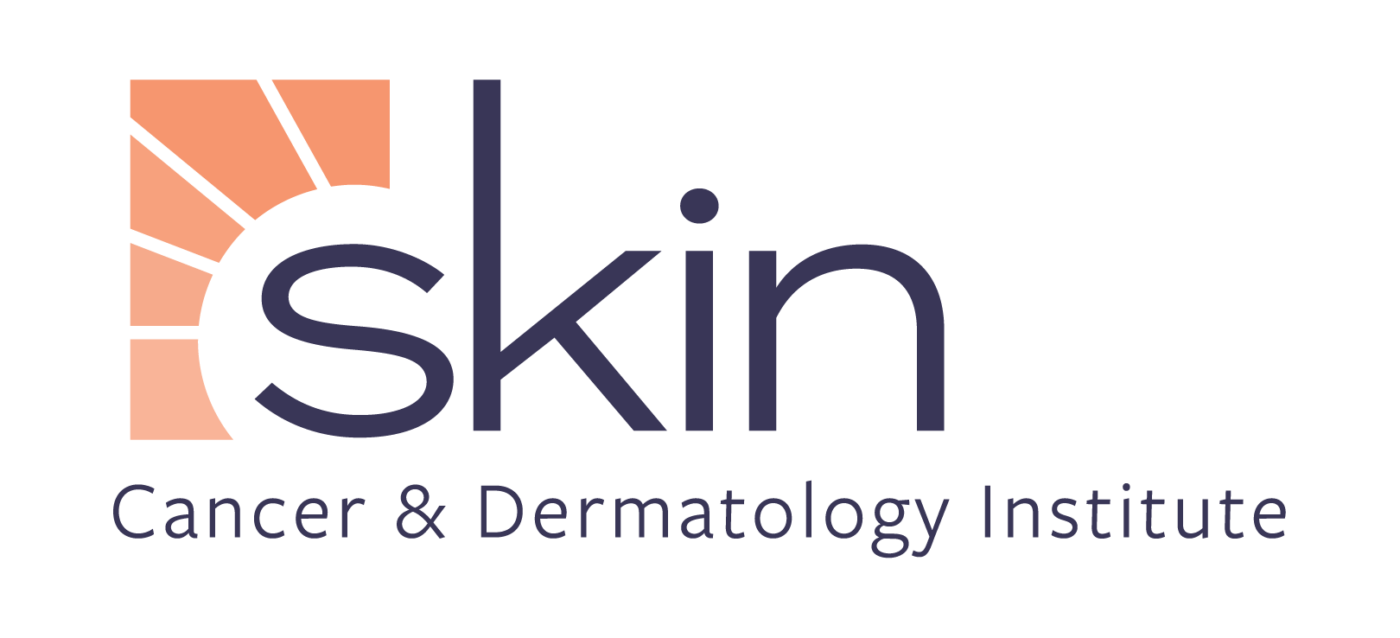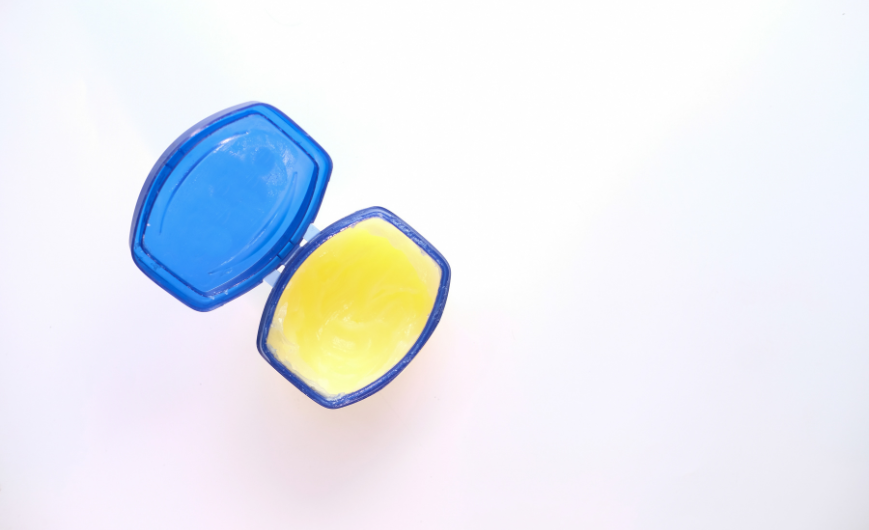By Michael Zumwalt, M.D.
Fellowship-Trained Mohs Surgeon, Board-Certified Dermatologist
For a product that has been around since 1859, petroleum jelly has certainly become entrenched in our culture. I’m sure most of us grew up with a jar in the medicine cabinet, and many of us still have one in our homes. It is a multi-purpose ointment originally created when Robert Chesebrough, a chemist, observed oil workers in Pennsylvania using its unrefined form to heal wounds and burns.
What is petroleum jelly?
Petroleum jelly, also known as petrolatum, is a thick jelly-like substance of waxes and oils. The composition of petroleum jelly has changed little since its invention in 1859, and it is still of crucial importance in the field of Dermatology today. In its pure form, petroleum jelly is a thick ointment that can be used for various purposes. Many moisturizers also include petrolatum as a key ingredient.
What makes petroleum jelly beneficial? The vital benefit of petrolatum is that it improves the skin’s barrier function by inhibiting water loss through the skin, called trans-epidermal water loss. Increased trans-epidermal water loss is the key factor that leads to the development of skin conditions such as eczema and chapped lips. This also creates a protective barrier on the skin which is helpful when using it on cuts and burns.
Uses of Petroleum Jelly
One of the most common uses of pure petroleum jelly in Dermatology is wound care. It is a common misconception that you are supposed to let an open wound dry out and scab. Injuries (such as lacerations, abrasions, burns, and surgical sites) heal faster, have a lower risk of infection, and scar better if the wound remains moist with regular petrolatum application. The American Academy of Dermatology talks about using petroleum jelly to help heal wounds and minimize scars. Dermatologists typically recommend using plain petrolatum for wounds rather than topical antibiotic ointments due to the high rates of contact allergies associated with many topical antibiotics.
Other common uses of pure petrolatum ointment in Dermatology include:
- chapped lips
- moisturizing eczema-prone skin on the feet, legs, and hands
- applying to the nares in dry climates to prevent nose bleeds
- treating diaper rash
- soothing chafing
- relieving any dry, cracked areas of the skin, including heels, knees, and elbows.
Choosing a Petroleum Jelly Product
Topical skin care products are separated into three categories – lotions, creams, and ointments. Lotions are typically composed of 2/3 water and 1/3 oils. Alternatively, creams are made up of 1/3 water and 2/3 oils. Lastly, ointments are purely oil-based, such as petroleum jelly. A lotion’s high-water content leads to an easy application but does not moisturize/protect the skin as well as a thick cream or ointment.
It is essential to avoid petroleum jelly and moisturizers with petrolatum that have fragrances or certain preservatives such as parabens or formaldehyde-releasing agents (such as quaternium-15 or DMDM hydantoin). These substances commonly cause allergic contact dermatitis, which can cause eczema flares.
The Downside of Petroleum Jelly
The main downside to pure petroleum jelly is that it is very thick, which makes it hard to apply or rub on the skin. It also leaves a shiny, greasy residue on the skin. These attributes make petrolatum ideal for applying to chapped lips or dry, cracked eczema-prone skin but not suitable for use as a daily facial moisturizer. A moisturizer with the appropriate thickness on the face, such as a lotion or cream moisturizer, is a priority when selecting a skin care product for a particular application. Also, people with oily skin or acne-prone should not be using petrolatum, as it can cause breakouts.
What about slugging?
Slugging is a social media term for applying a thick, greasy layer of petrolatum to the face before bed, after all your other skin care, and let it sit overnight. This practice has become viral over the last couple of years, with proponents of slugging claiming the technique revitalizes facial skin, resulting in soft, supple skin and helping minimize wrinkles. This is true to some degree, but these results can be accomplished by other means rather than going to bed with a thick layer of greasy ointment on your face. An easy alternative is to start using a thicker facial cream rather than a watery lotion on your face before bedtime. Remember that depending on skin type and concerns, this trend may not be beneficial to some. Speaking with your Dermatologist about your skin care routine is important to ensure you take simple steps to maximize your skin health and minimize the signs of aging.
New skin care trends pop up on social media on what seems like a daily basis. Skin Cancer & Dermatology Institute believes in helping our patients navigate all the information available so that they can make informed decisions about the health of their skin. Our highly experienced, knowledgeable Providers specializing in Medical and Cosmetic Dermatology can help you with any skin cancer concerns or skin issues (such as eczema or rosacea,) and they can help you create an individualized plan for any cosmetic goals. You can book an appointment online or call us at 775.324.0699. We have 11 locations for your convenience in Carson City, Elko, Fallon, Incline Village, Reno, Sparks, and Truckee.
About the Dermatology Provider
Michael Zumwalt, M.D. – Dr. Zumwalt is a Fellowship-Trained Mohs Surgeon and Board-Certified Dermatologist. He is passionate about using his expertise to help his patients treat skin cancers. When he isn’t hard at work, he spends time with his family skiing, mountain biking, hiking, camping, and enjoying other outdoor activities.



